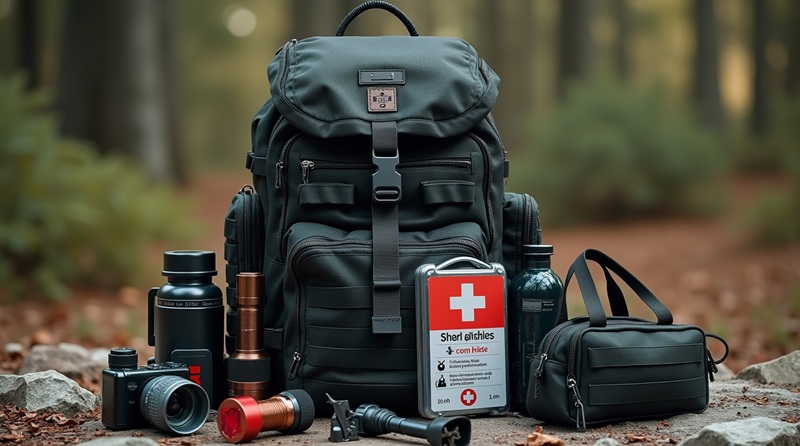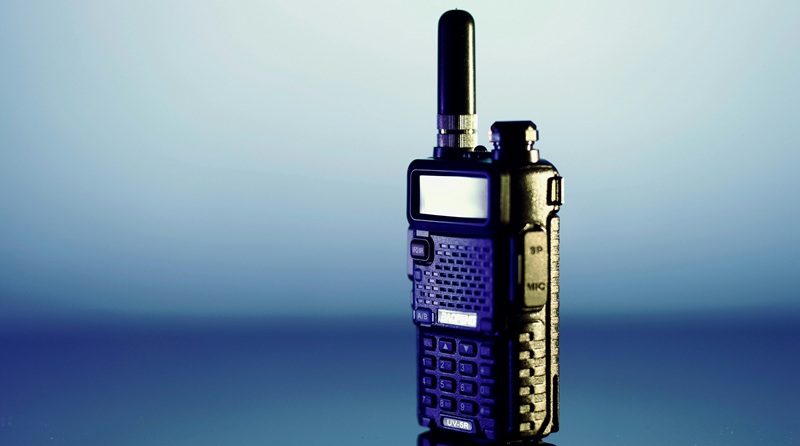Drones are increasingly common—hobby photography, deliveries, professional surveillance—and sometimes, unfortunately, for hostile purposes. A “drone attack” can range from intrusive overflights to physical threats (dropped objects, collisions). This short guide explains how to identify a threat, protect yourself, react, and consider technical solutions—always staying within legal boundaries.
Spotting a Suspicious Drone
- Repeated trajectory over the same point or sensitive areas (entrances, windows, safes).
- Unusual proximity: low altitude, fluctuating flight.
- Visible equipment: sensors, gimbals, or external payloads.
- Noise: loud, continuous buzzing usually signals approach and proximity.
- Film if possible (date-stamped video) to keep evidence.
Immediate Safety Measures
- Seek solid cover—building, vehicle, or covered structures. Avoid open areas.
- Turn off interior lights visible from outside to reduce attention.
- Protect vulnerable people (children, elderly) by keeping them shielded from potential debris.
- Do not attempt to neutralize the drone yourself (projectiles, nets without training): dangerous, illegal, and may cause loss of control.
Technical Measures and Prevention
- Drone detectors (RF, acoustic): alert to presence, suitable for property protection; ideal for businesses and sensitive areas.
- Nets and physical barriers: cover sensitive zones (gardens, small hangars); simple and legal.
- Jammers and interference: often prohibited for private use (affects radio frequencies); avoid without authorization.
- Professional anti-drone solutions: interceptor drones or neutralization systems, reserved for licensed operators.
What to Do After an Incident
- Report immediately to authorities: location, time, description, and video if available.
- Save evidence (videos, photos, witness statements).
- Do not touch a fallen drone: components may be dangerous (battery, payload); notify police or competent services.
- Contact your insurance if property is damaged.
Legality and Best Practices
Laws on jammers and neutralization vary by country: consult local authorities before purchasing an “active” device. In general, prioritize detection, passive protection (shelters, nets), and cooperation with law enforcement.
FAQ – Drone Attacks
Yes: a collision or falling payload can cause injury. Hobby drones are rarely designed to harm, but modified or in accidents, they pose a risk.
In most countries, radio jammers are strictly regulated or prohibited. Check local laws and prefer legal solutions such as detectors or nets.
Film the scene, note the time, and report to authorities. If privacy is violated, contact a lawyer or police.
Do not touch it. Notify authorities: components, lithium-ion battery, and possible payload can be dangerous.
For individuals: RF/acoustic detectors, protective nets, surveillance cameras. For businesses: certified professional solutions and contracts with anti-drone providers.
Yes, in controlled installations, but expensive and usually reserved for professional use with authorization.
Conclusion
The best defense against drone attacks combines vigilance, passive measures (shelters, nets), detection, and collaboration with authorities. Avoid improvisation and favor legal, documented solutions.




